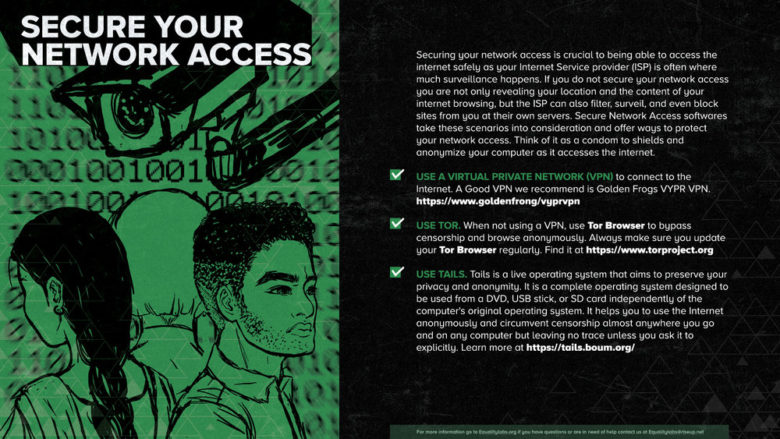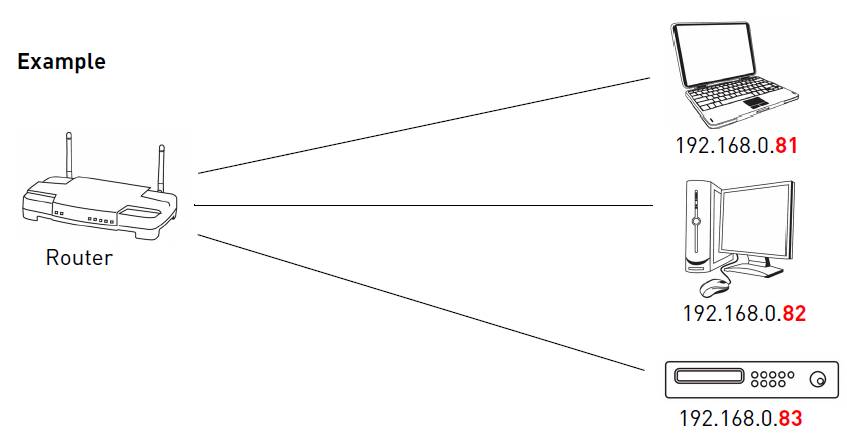SECURITY one-sheets
EQUALITY LABS IS A SOUTH ASIAN AMERICAN HUMAN RIGHTS START-UP WORKING AT THE INTERSECTION OF STORY, ART, AND SECURITY.
The team has developed a series of very useful security sheets for various purposes: securing your I-phone, your Android, your identity, etc.
These resources are very simple, clear and user-friendly. You can access them HERE













